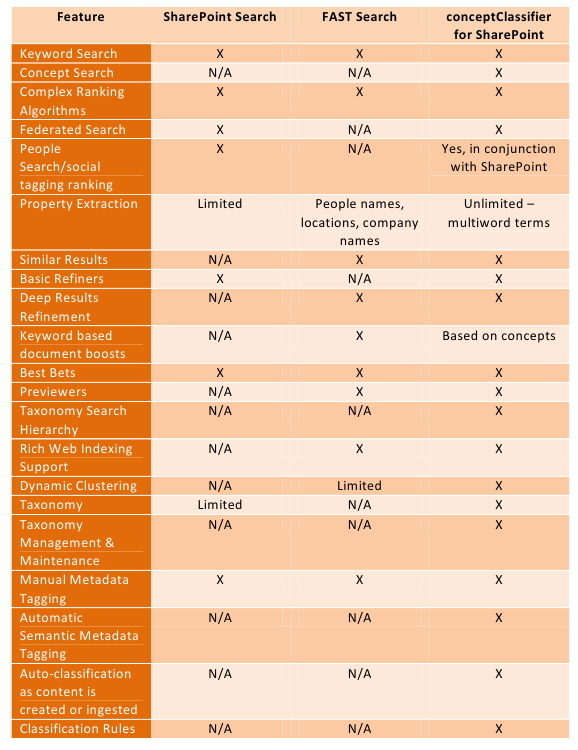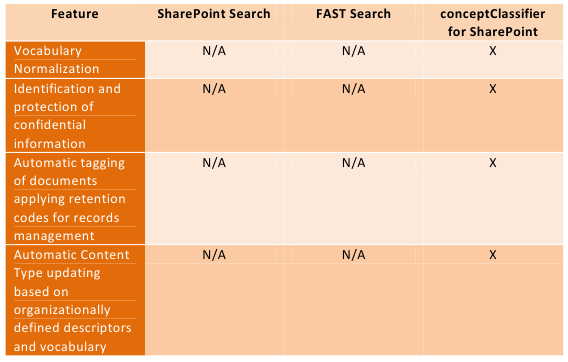From the home page:
Faunus is a Hadoop based distributed computing framework for processing property graphs. A breadth-first version of the graph traversal language Gremlin operates on a vertex-centric property graph data structure. Faunus provides adaptors to the distributed graph database Titan, any Rexster fronted graph database, and to text and binary graphs stored in HDFS. The provided Gremlin operations and Hadoop graph tools can be extended using MapReduce and Blueprints.
Warning: Limitation on Vertexes
Faunus Vertex
- id: a vertex id is a positive
longvalue and therefore, a graph in Faunus can not have more than 9,223,372,036,854,775,807 vertices.- properties: the size of the properties map is denoted by a positive
shortand therefore there can not exist more than 32,767 properties per vertex.- edges:
- unique labels: edges are indexed by their label using a
shortand therefore, there can not be more than 32,767 unique labels for the incoming (or outgoing) edges of a vertex.- total edges: the edge size for any one label is represented by an
intand therefore, for any direction and any label, there can not be more than 2,147,483,647 edges.
Warning: Limitation on Edges
Faunus Edge
- id: an edge id is a positive
longvalue and therefore, a graph in Faunus can not have more than 9,223,372,036,854,775,807 edges.- properties: the size of the properties map is denoted by a positive
shortand therefore there can not exist more than 32,767 properties per edge.
I don’t like putting limitation warnings in my first post on software but thought you needed to be forewarned. 😉

